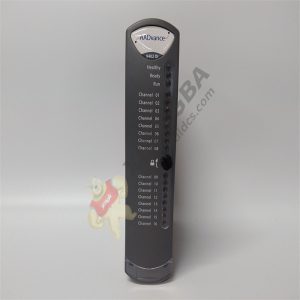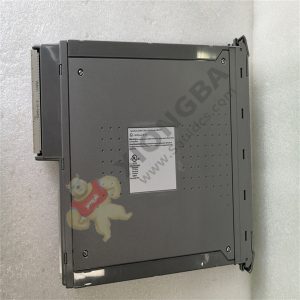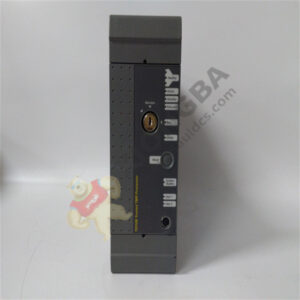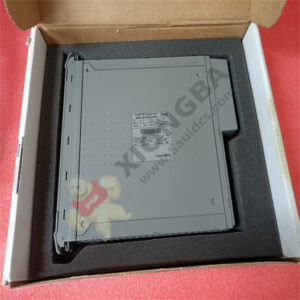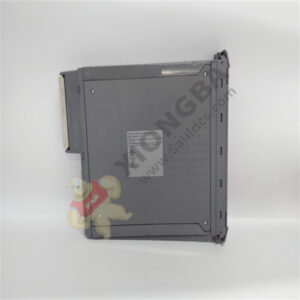Description
T8311C TrustedTM TMR Expander Interface T8311
Product description
The TrustedTM TMR Expander Interface module resides in the TrustedTM Controller Chassis and provides the ‘master’ interface between the Inter-Module Bus (IMB) in the Controller Chassis and the Expander Bus. The Expander Bus allows multiple chassis systems to be implemented using UTP cable connections whilst maintaining the fault tolerant, high bandwidth IMB capabilities.
The module provides fault containment for the Expander Bus, the module itself and the IMB in the Controller Chassis, ensuring that the effects of these potential faults are localised and system availability maximised. The module is fault tolerant with HIFT TMR architecture. Comprehensive diagnostics, monitoring and testing provide rapid fault identification. Hot standby and module spare slot configurations are supported, allowing automatic and manual repair strategies.
The TMR Expander Interface is a fault tolerant design based on TMR architecture arranged in a lockstep configuration. Figure 1 shows, in simplified terms, the basic structure of the TMR Expander Interface. The module has three main fault containment regions (FCR A, B and C). Each of the main FCRs contains interfaces to the Expander Bus and Inter-Module Bus (IMB), an active/standby interface to the other TMR Expander Interface in the chassis, control logic, communications transceivers and power supplies.
Communication between the module and the TMR Processor is via the IMB on the backplane of the Controller Chassis. The IMB provides fault tolerance and high bandwidth communications between the Interface Modules and the TMR Processor. All transactions are voted, localising faults to the IMB should they occur.
Communication between the Interface Module and the TMR Expander Processor in the Expander Chassis is via the Expander Bus. The Expander Bus is triplicated, point-to-point architecture. Each channel of the Expander Bus comprises separate command and response media. Voting is provided at the Expander Bus Interface to ensure that cable faults are tolerated, and the remainder of the
Expander Processor operates in a fully triplicated mode, even in case of cable faults occurring.
A fourth FCR (FCR D) provides the non-critical monitoring and display functions and is also part of the inter-FCR Byzantine voting structure. Isolation is provided between FCRs wherever interfaces are required, to ensure that faults can not propagate between them.
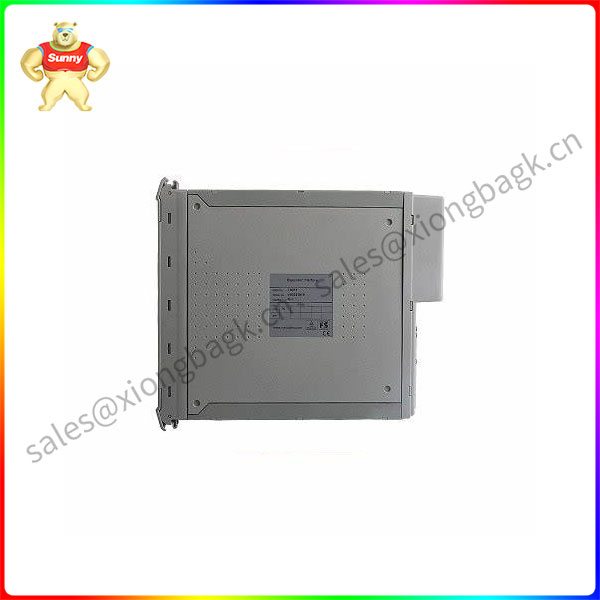
T8311
Product parameter
1. Ensure that the cable assembly is correctly located.
2. Release the ejector tabs on the module using the release key. Ensure that the ejector tabs
are fully open.
3. Holding the ejectors, carefully insert the module into the intended slot.
4. Push the module fully home but pressing on the top and bottom of the module fascia.
5. Close the module ejectors, ensuring that they click into their locked position.
Please contact Sunny sales@xiongbagk.cn for the best price.
➱ sales manager: Sunny
➱ email mailto: sales@xiongbagk.cn
➱ Skype/WeChat: 18059884797
➱ phone/Whatsapp: + 86 18059884797
➱ QQ: 3095989363
➱ Website:www.sauldcs.com


 中文版
中文版

